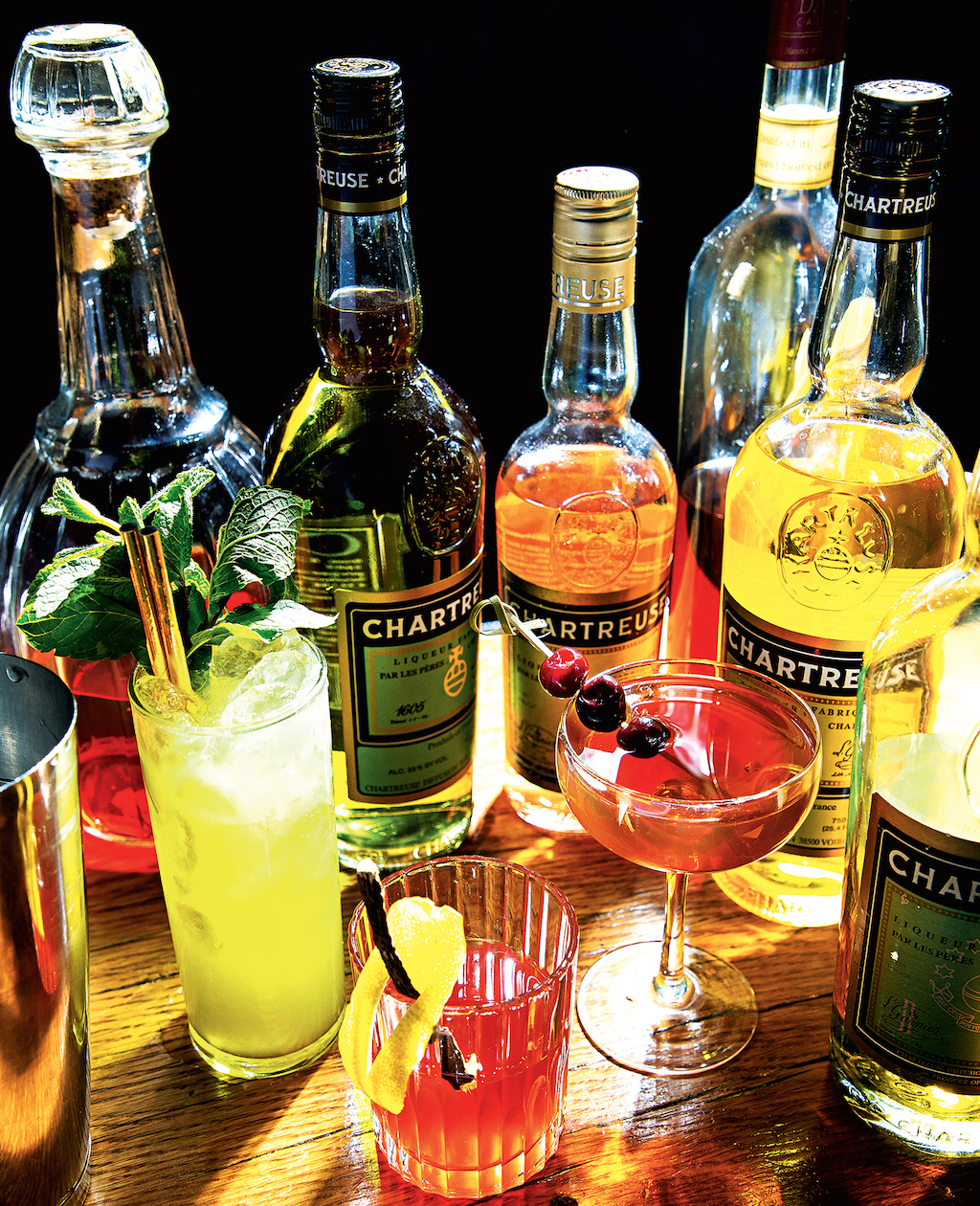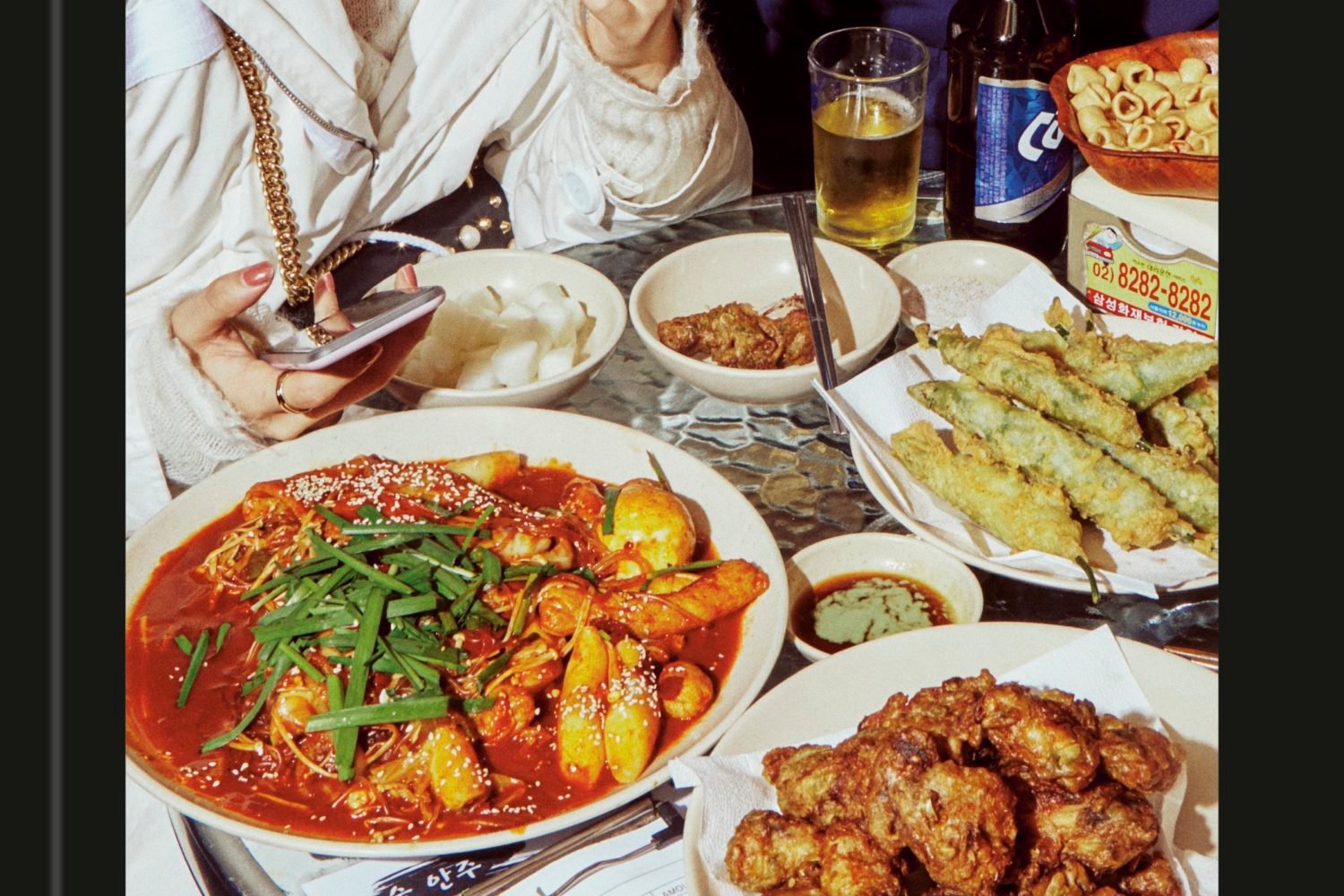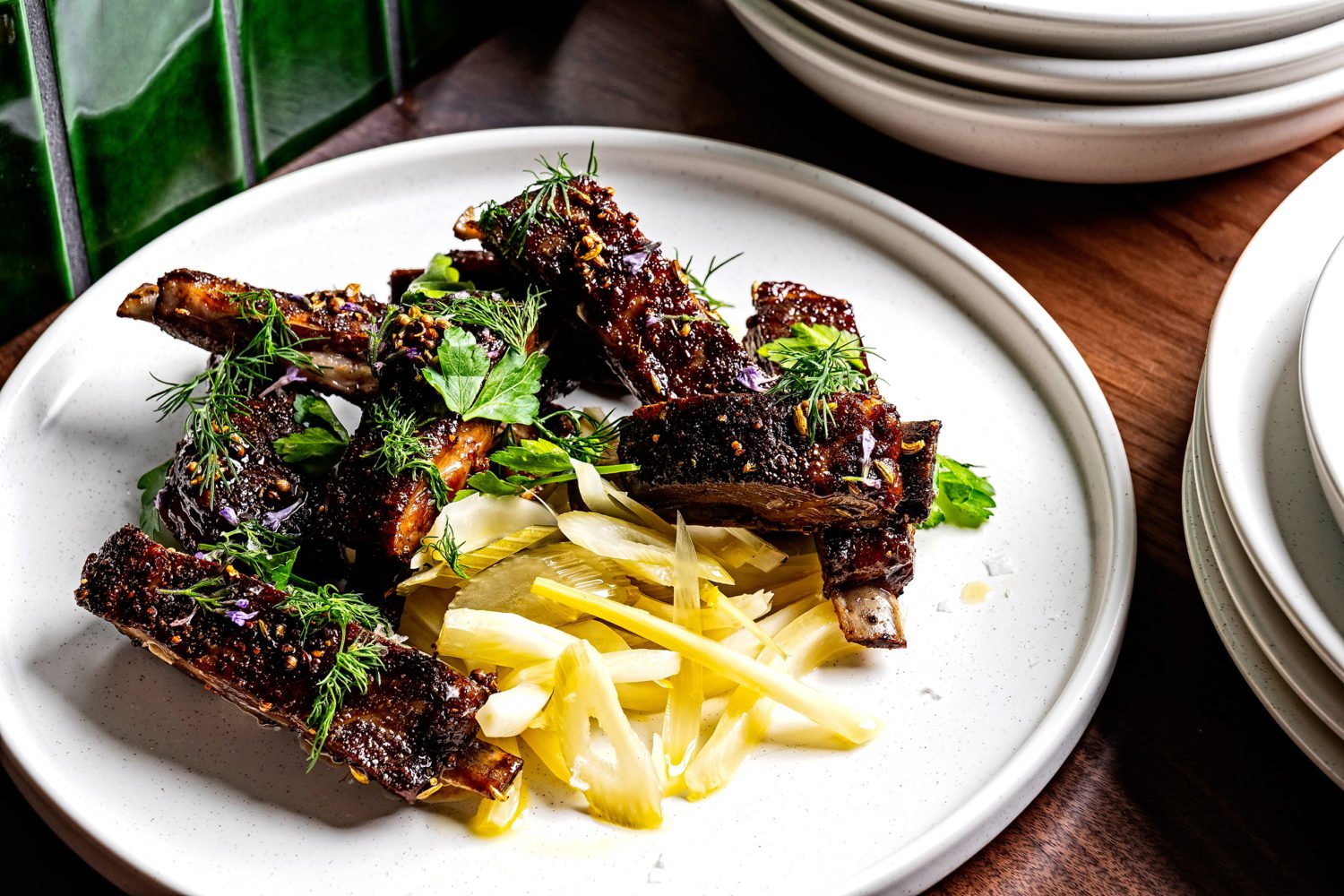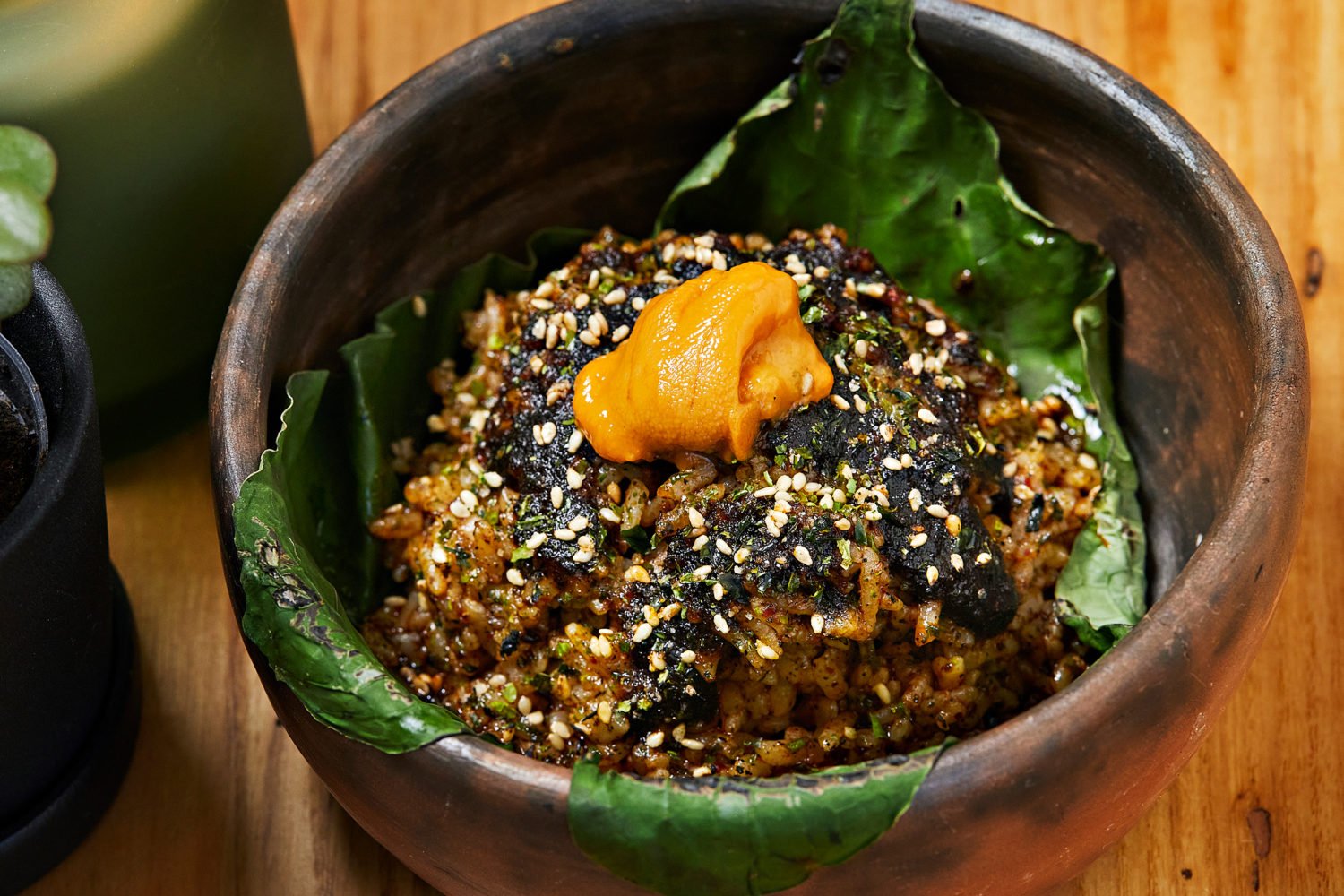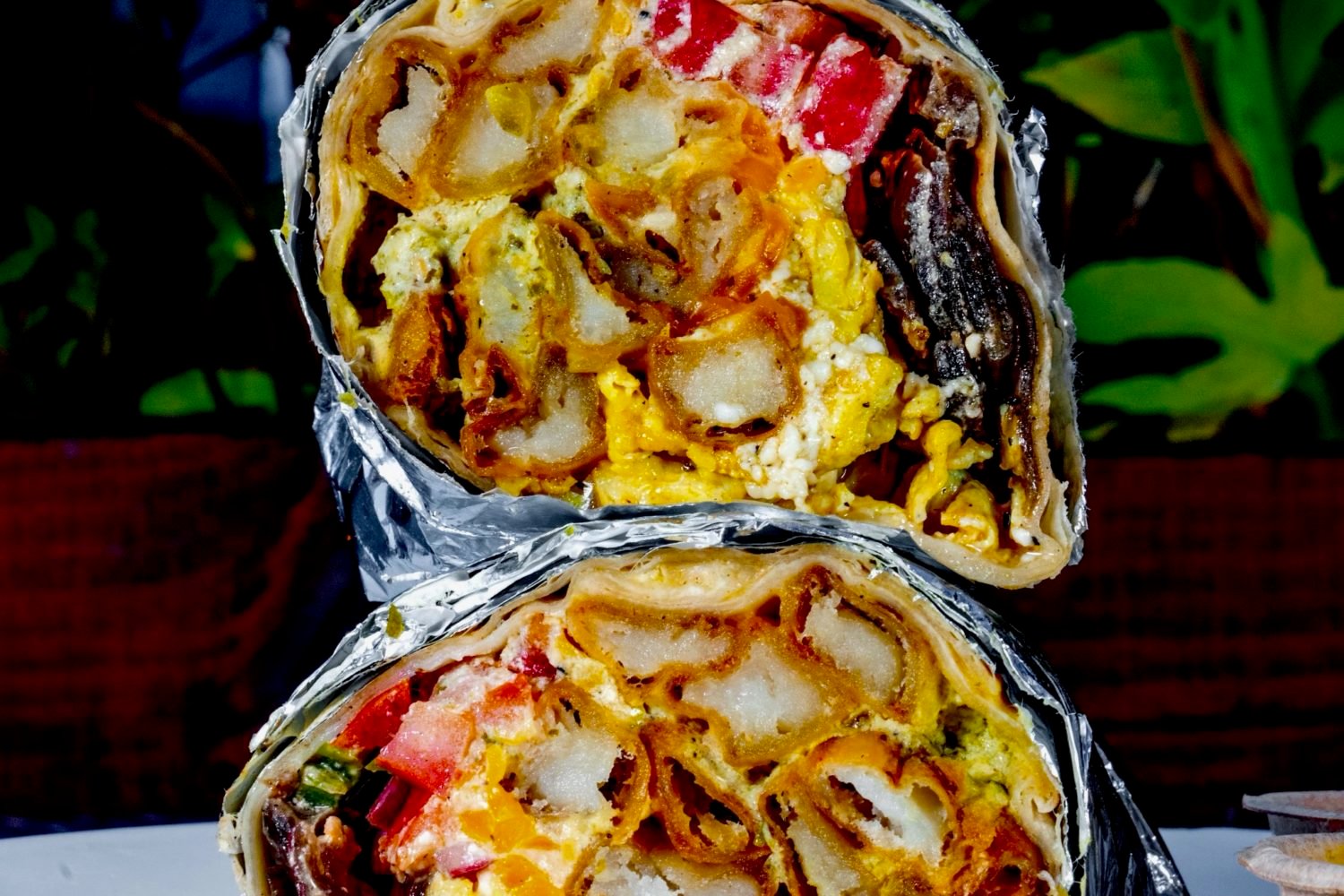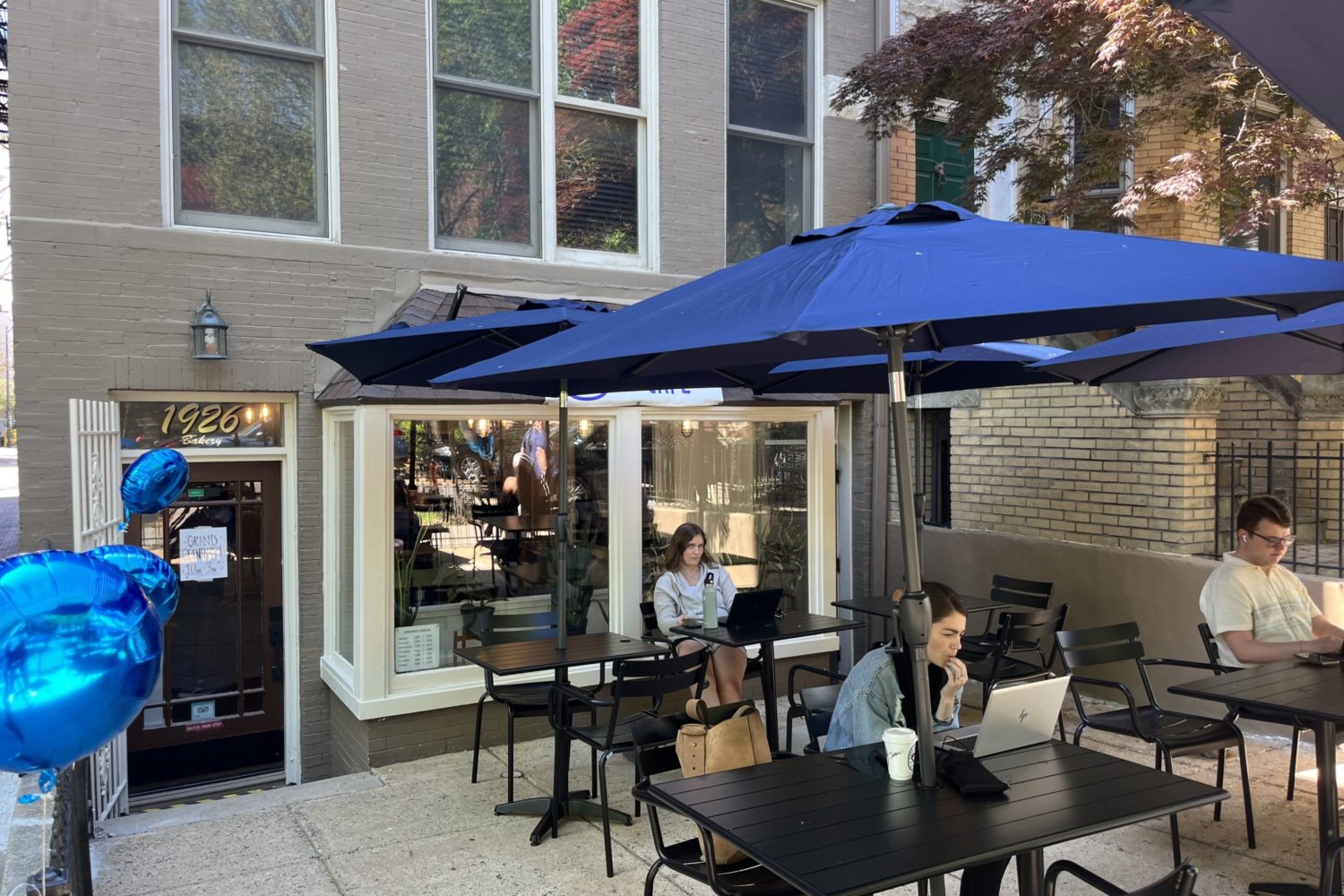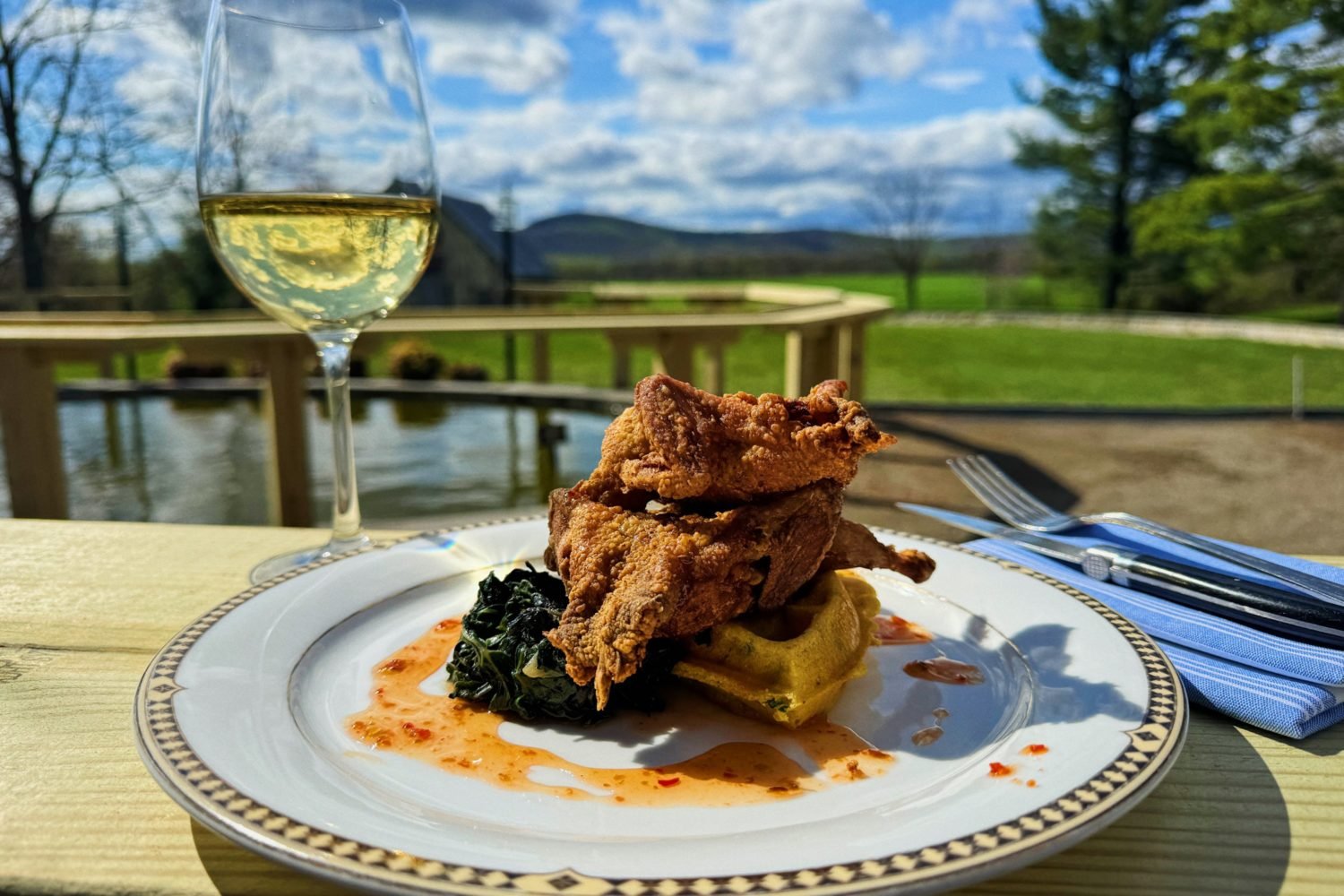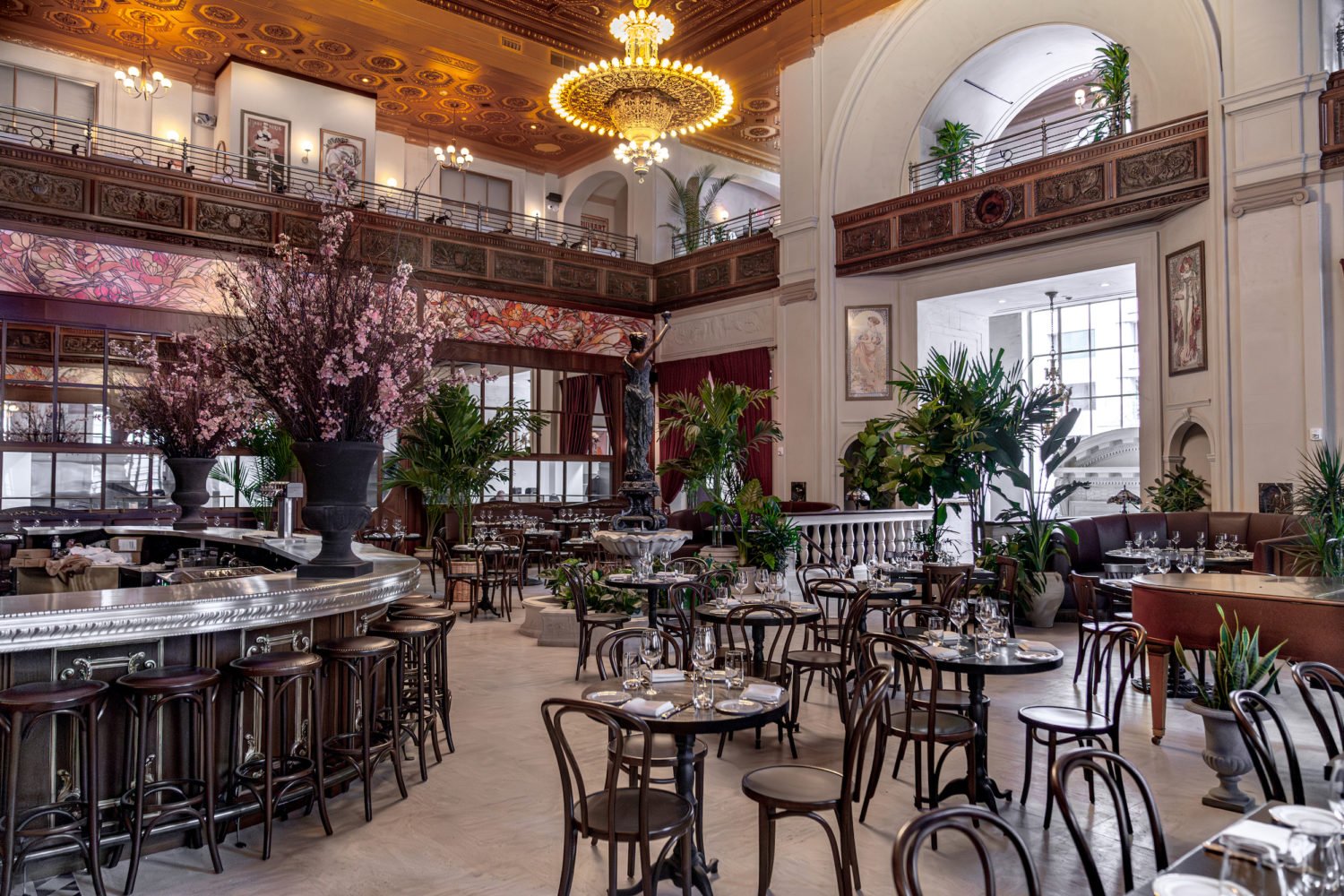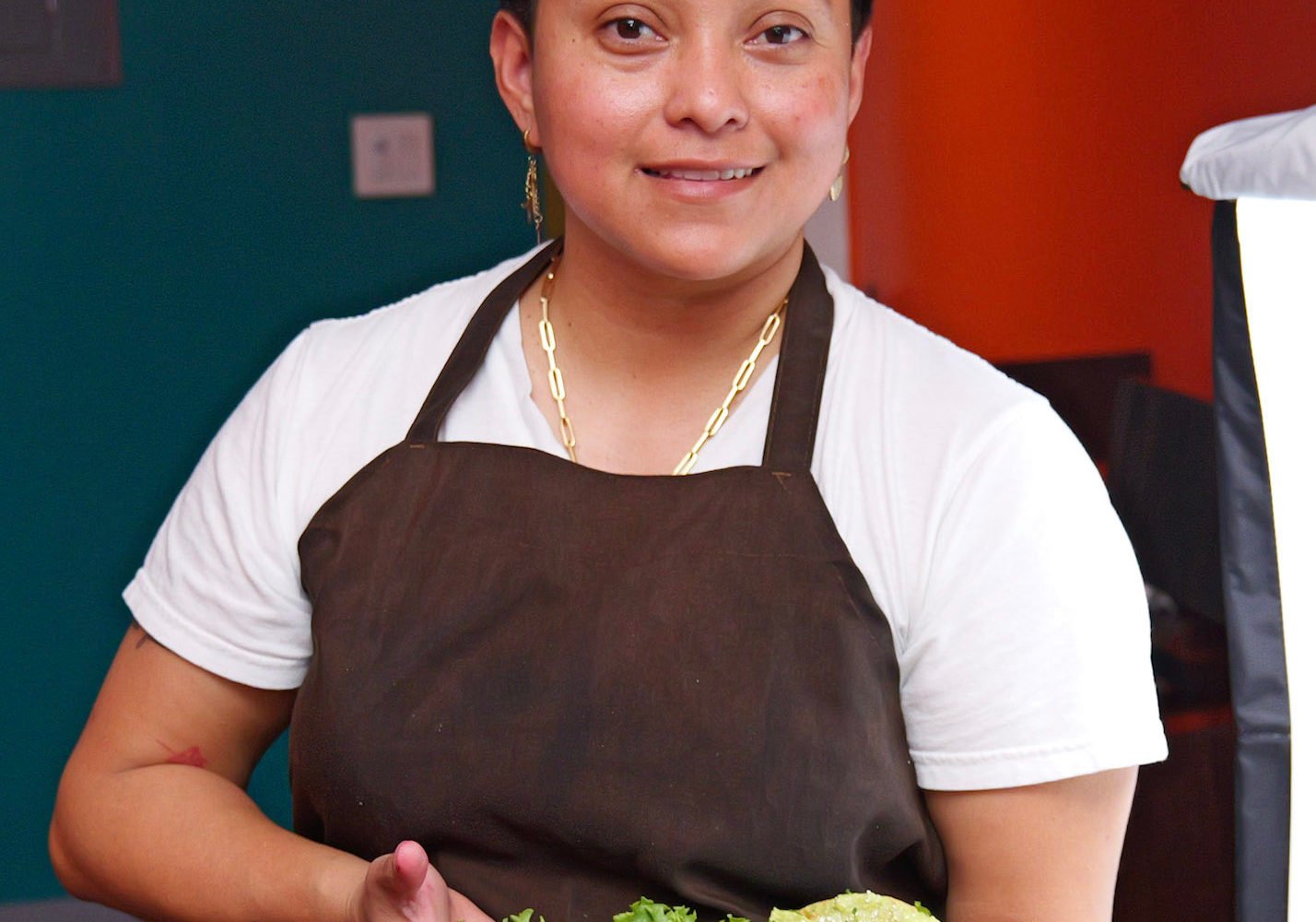Chartreuse is having its moment—one of many over 400 years. The complex green and yellow liqueurs are hot among Washington bartenders, whether mixed into cocktails or taken straight. Here’s what to know before you hit the bar.
So what’s in Chartreuse, exactly? No one knows! Well, two French Carthusian monks know at any given time, but they’ve been sworn to secrecy at the Grande-Chartreuse monastery.
This sounds like Harry Potter. A bit. The green liqueur’s story begins near Paris in 1605 with the Chartreuse order of monks, who received a gift of an ancient manuscript describing a secret elixir with curative powers. Fast-forward more than a century and the monks finally decipher the recipe: a digestif dubbed the Elixir of Long Life. With a nickname like that, you know it’s good—so good they began distilling it as a drink in 1764 with the elixir’s 130 herbs and botanicals. A few wars, exiles, et cetera aside, the monks have been making it ever since.
Green versus yellow: Although it’s sweet, green is the bolder, more herbaceous of the two—and strong. It clocks in at 110 proof (average American whiskey is around 90). A milder, yellow version was developed in 1838, distilled with saffron and honey. The result is a sweeter, more floral 80-proof liqueur. Both distillations are aged for years in oak barrels to harmonize the flavors.
What do they taste like? “Like Chartreuse,” says Tom Brown, owner of the Passenger (1539 Seventh St., NW; 202-853-3588)—the seventh-largest consumer of Chartreuse in the US and the only bar to offer both green and yellow on tap. “If you ask a lot of people to describe the smell and taste, they’ll probably all say different things.” Blame those 130 botanicals, which bring up flavors of pepper, allspice, and anise in green Chartreuse, or wildflowers and honey in yellow.
Will I like it? “Chartreuse isn’t something people fall in love with on the first sip,” says Brown. That being said, the bar easily kicks a seven-gallon keg of Chartreuse on a Saturday night, so drinkers are enamored—especially with the $7 shooters, which gain a creamy texture from the nitrogen taps. (Brown’s ideal boilermaker pairing: a chocolaty stout.)
Love it! Let’s go next-level. Try V.E.P. green or yellow Chartreuse—the same product, just barrel-aged longer and released in limited quantities. Flavors are more nuanced, like a well-aged whiskey, and perfect for sipping as a digestif after dinner.
There’s also vintage Chartreuse. At the Adams Morgan cocktail bar Dram & Grain (2007 18th St., NW; 202-607-1572), barkeep Andy Bixby pours bottles from the ’60s and ’80s. “The older they are, the more the flavors get to marry and homogenize,” he says. “The yellow has a beautifully creamy vanilla, while the green picks up so much more of that spice.”
Try it in a drink: Bixby favors regular green Chartreuse for “a big, rich punch to a cocktail,” given its peppery notes and high alcohol. Try it in a classic Last Word cocktail with equal parts gin, maraschino liqueur, and fresh lime. “I tend to use yellow as the gentle backing where I want an herbaceous sweetness,” he says. Think of swapping out gin for a yellow-Chartreuse-and-tonic.
Where to buy it: Most liquor stores carry Chartreuse. For V.E.P. and even vintage, sourcing wizard Joe Riley at Ace Beverage (3301 New Mexico Ave., NW; 202-966-4444) is your man.

